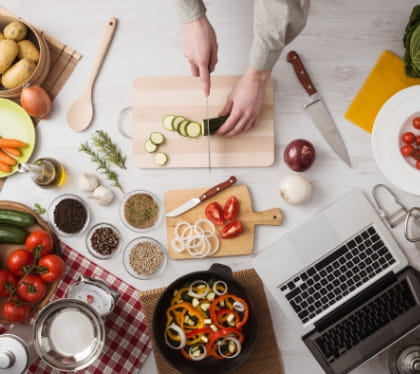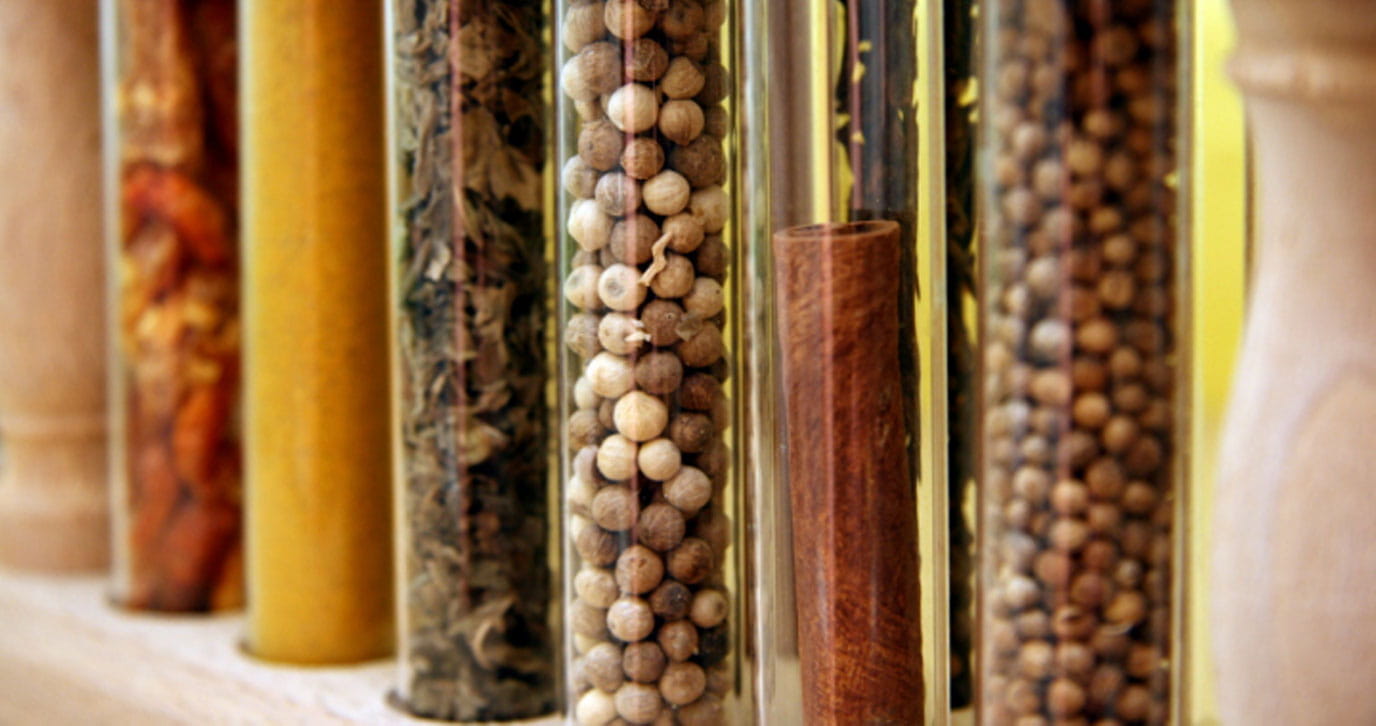July, 2024
Spices and Herbs Increase Vegetable Palatability Among Military Service MembersNutrition Education in Primary Care: Comparing Video vs Handout Interventions
Alison Johnston, Morgan Voulo, Gail C. D’Souza, Olivia Lawler, Michael Flanagan, Penny M. Kris-Etherton, Kristen Grine, Travis D. Masterson

Objective
This study compared the effectiveness of instructional videos with print handouts when educating family medicine patients about the use of herbs and spices to reduce sodium, saturated fat, and added sugars during meal preparation.
Methods
Participants were randomized to either view 5 short videos or read 3 handouts. The intervention was implemented while patients waited for their provider to begin their appointment. Postintervention surveys were completed on the patient's smartphone. The main outcome measures were: the impact of video and handout intervention on participants' interest, confidence, knowledge, and intention to use herbs and spices and their perceptions of the intervention.
Results
The video group had higher scores for interest, confidence, and intention to use herbs and spices. Participants perceived the videos as clearer (P = 0.001) and more appropriately complex (P = 0.02) than the handout materials.
Conclusions
Videos were superior to handouts in promoting interest, confidence, and intention to use herbs and spices for healthier cooking. Videos may improve patient engagement and preventive health care practices in clinical settings.
Reference
Johnston, A, Voulo, M, D’Souza, GC, Lawler, O, Flanagan, M, Kris-Etherton, PM, Grine, K, Masterson, TD. Nutrition Education in Primary Care: Comparing Video vs Handout Interventions, Journal of Nutrition Education and Behavior. 2024.






